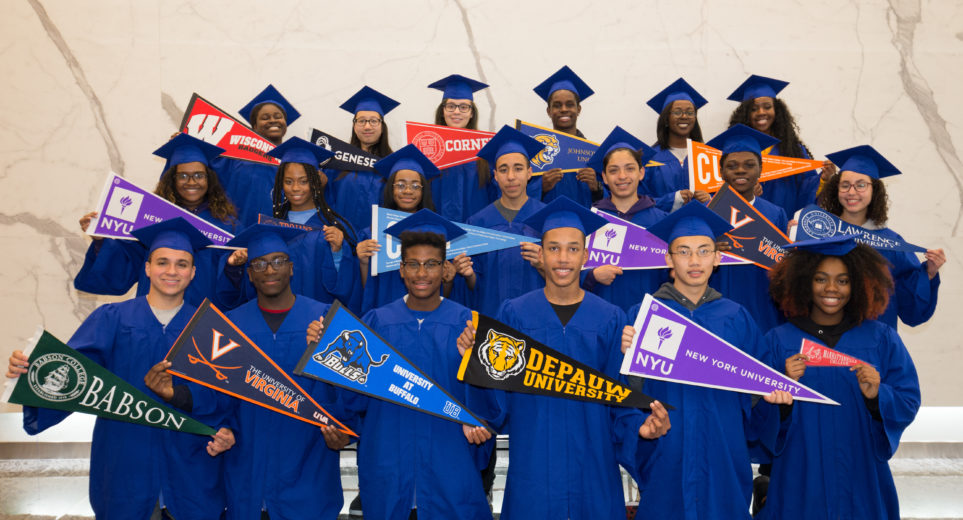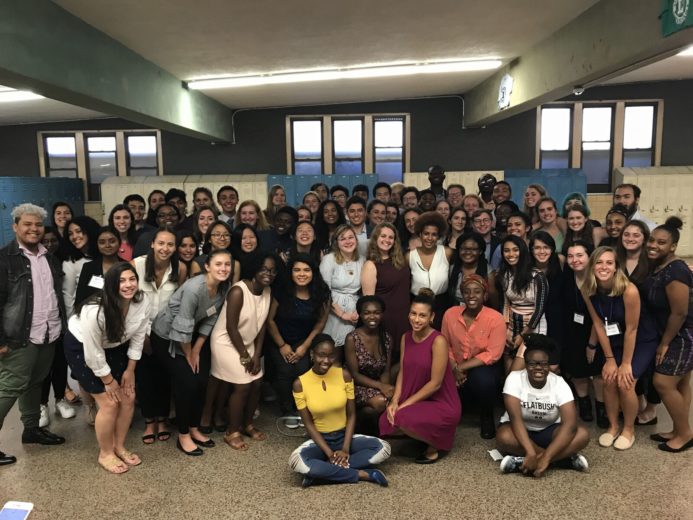
The racial make-up of faculties at American public schools doesn’t match that of their student bodies—and it’s not even close.
While students of color are now the majority in public schools, the number of teachers of color remains low. One group in which this disparity is striking is Latinos, who comprise more than one-quarter of students nationwide, but less than eight percent of teachers. In New York City, 41 percent of students—but only approximately 15 percent of teachers—are Latino.
The impact on educational outcomes could be profound. Research has shown that when students of color have teachers that resemble them, they are held to higher expectations, learn more effectively, and are less likely to drop out.
As an African American teacher, I have had many African American students express gratitude that I was able to answer their questions in more relatable ways than other teachers could. The fact is that everyone learns from a place of lived experience, and when students of color don’t have teachers that share some of their lived experiences, they will struggle.
That’s why school districts and other government groups across the country are engaging in initiatives to recruit and retain more teachers of color. Two years ago, New York City launched a $16.5 million campaign that aimed to get 1,000 men of color teaching by 2017. While only 350 have been hired, the city says 550 more are being trained.
Nonprofits are doing their part too. My organization, Breakthrough New York, hires college students from across the country to serve as Teaching Fellows for low-income middle school students in summer courses that are part of our 10-year college success program.

Breakthrough New York Teaching Fellows
One Teaching Fellow opines on how Breakthrough New York served as an inspiration after the jump…
